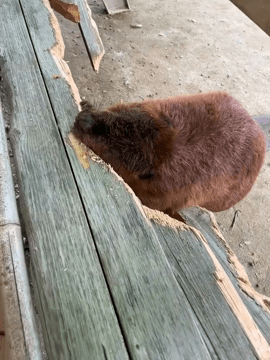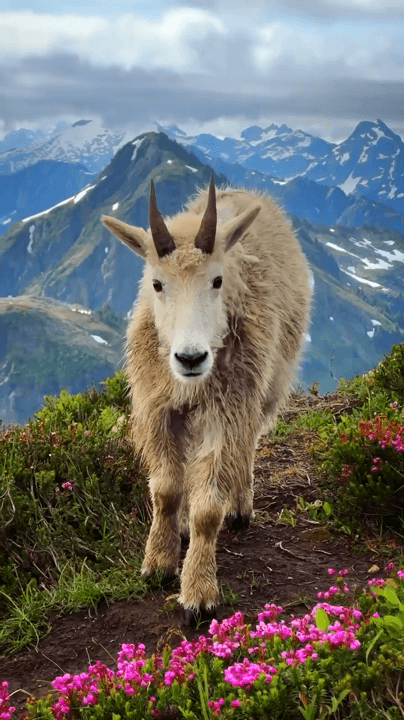
Pulsar Axion 3 XG35 Compact Thermal Imager with 640 Matrix Review As an outdoor enthusiast and wildlife observer, I recently had the opportunity to use the Pulsar Axion 3 XG35 Compact thermal imager with a 640 matrix, and I'm excited to share my thoughts. I've put it through its paces in various environments, from dense forests to open fields, and here's my honest assessment. Pros: Image Quality: The 640x480 resolution delivers exceptional image clarity. The details are sharp, and thermal signatures are easily distinguishable, making it perfect for spotting wildlife at a distance. The enhanced sensitivity also allows for great performance in low-contrast scenarios. Compact and Lightweight: Weighing in at just under 500 grams, the Axion 3 is incredibly portable. It fits snugly in my hand and can be easily stowed in a backpack without taking much space, making it ideal for long hikes. User-Friendly Interface: The intuitive controls and the clear display make it easy to operate in t
Post: 15 December 11:25















































